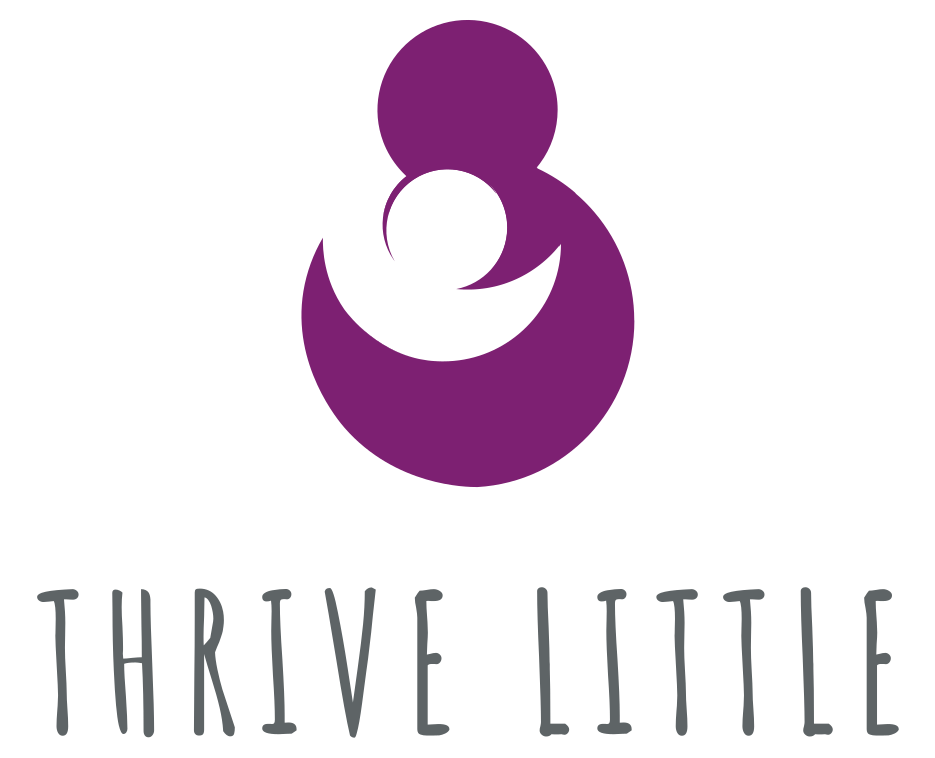Want to learn how to do tongue tie therapy with your baby at home? Of course formal therapy one-on-one with a skilled professional is ideal, but not always possible. This guide will help teach you activities and exercises that can help your baby with tongue tie or lip tie. These exercises are great to do before a tongue tie release and/or lip tie release and also work great as post-op exercises for an optimal result. This guide may also help your baby if you decide not to do a release. If your baby has another condition that involves reduced tongue mobility and oral dysfunction, this guide can help them too!
If you do move forward with a lingual frenectomy procedure and/or lip-tie release, the best time to do it is after tongue tie therapy. The main goal of this procedure is to improve tongue mobility and optimize function. But for best results, babies need more than just surgery. Baby’s tongue may now have more range of motion available to it, but baby will not automatically how to use it. The release provider will teach you active wound care management strategies for the surgical site. This is essential due to how quickly scar tissue forms because of the rapid healing process within the mouth. New limitations can develop within the released tissue if post-surgery exercises are not done. The raw surfaces are in close proximity and quickly heal mostly within the first week or two.
In order to achieve full tongue movement, more than just wound care is typically necessary. Gentle stretches within the mouth, suck training, and working with baby’s body are often helpful activities to do for best results. Babies with tongue tie often have body tension, asymmetries, a high hard palate, a retracted lower jaw, mouth breathing, and/or feeding issues. Older children with a history of tongue tie can have long-term issues if not properly treated. Comprehensive treatment can help to ensure functional feeding, nasal breathing, symmetrical motor skills, and proper speech development.
Occupational therapists, speech therapists, cranial sacral therapists, and lactation consultants are some of the professionals who may be able to help your baby. But none of these professionals learn much about tongue tie in school. They must have additional specialized training and it can be hard to find someone with the right experience. If formal therapy is not available in your area or if you are stuck on a wait list, this guide is a great first place to start!
If you have identified that your baby has a tongue tie, it is a good time to start working with baby’s mouth and body now! Spending 3-4 weeks doing pre-op exercises is ideal to prepare the tongue muscle and achieve an optimal result. This guide contains activities and exercises for you to do with baby’s tongue, upper lip, roof of the mouth, face, and body. These same activities should be included with baby’s post-operative exercises beginning the following morning after the procedure.
**If your baby has feeding issues, please be sure to seek a formal assessment from a lactation consultant or feeding therapist**

